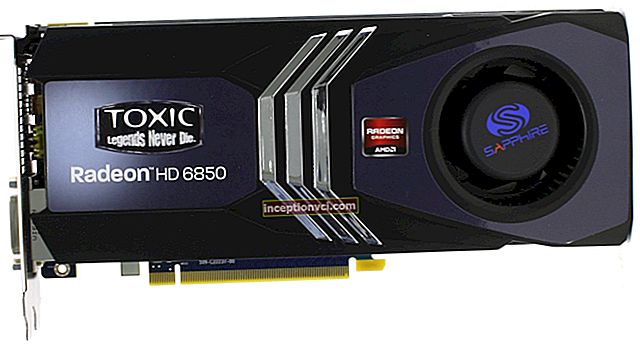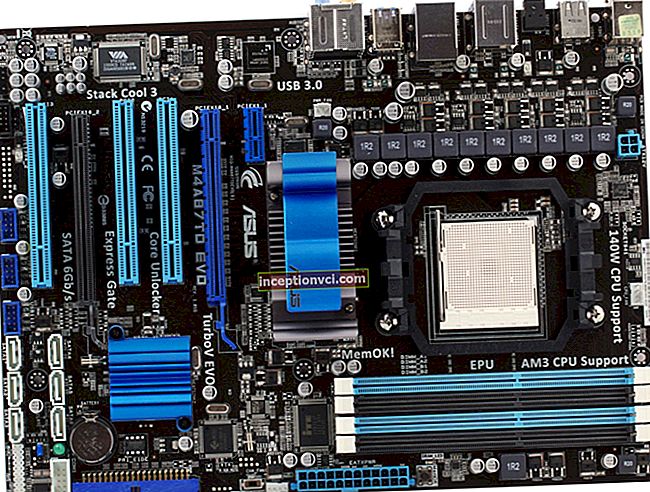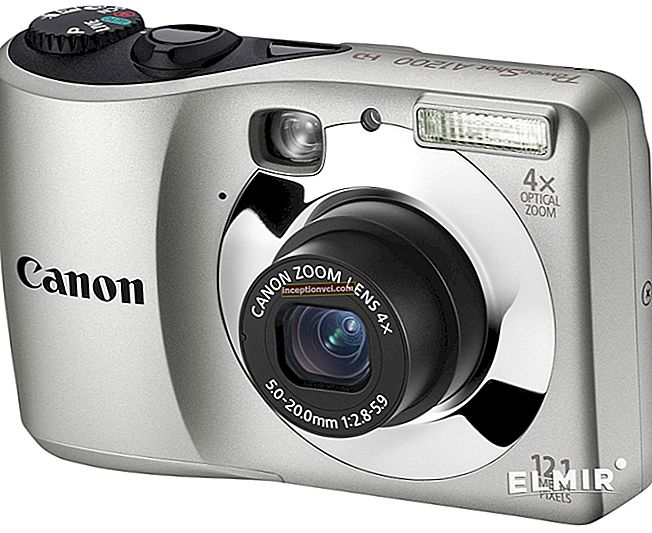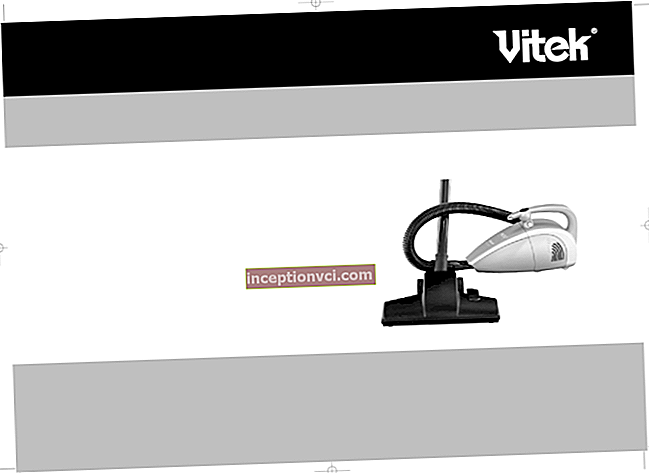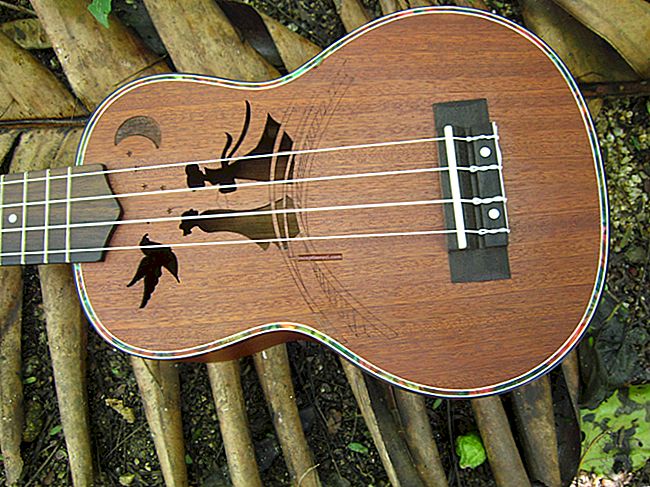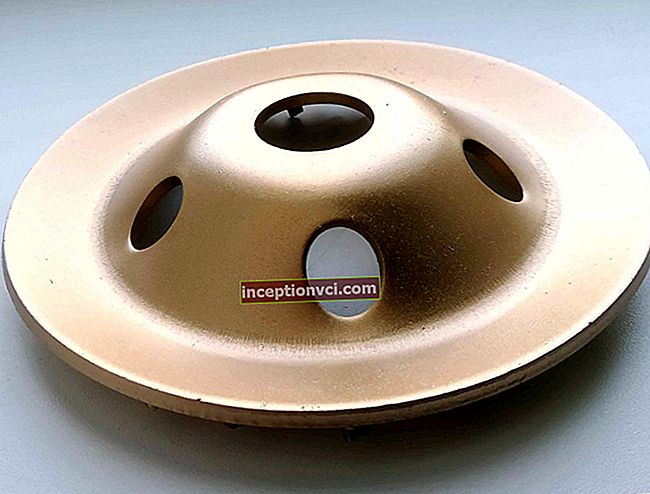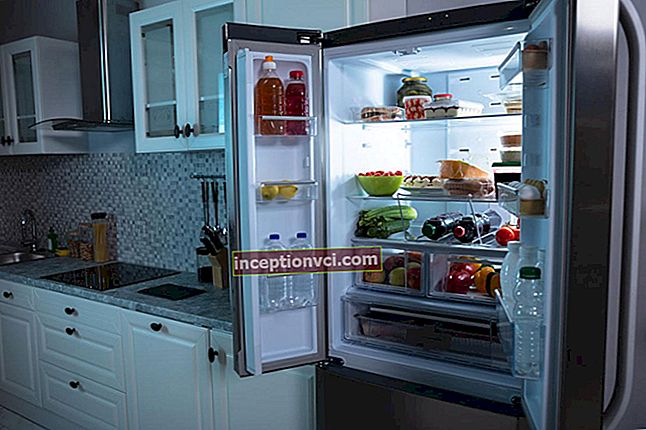Morning jogging, volleyball or football with friends, outdoor activities, fitness classes give a person great health, a charge of vigor for the whole day, the joy of movement. But amateur sports and especially professional sports almost always accompany injuries of various parts of the body and of varying degrees of complexity.

The ankle joint is the most vulnerable and problematic place. The most common injuries of the musculoskeletal system, accounting for about 20%, are injuries of the ankle joint. These can be various sprains, twisting of the foot, especially in winter, as well as sports injuries of the ankle.

If the ankle is injured, a tight pressure bandage should be applied to reduce swelling and fix the ligaments. If the damage is not dangerous, then the bandage is worn for two weeks.
A medical elastic bandage or a special ankle orthosis is used as a bandage. Ankle braces can be light, semi-rigid or rigid.

Light fixation ankle orthoses are used for limited fixation of the joint, Achilles tendon and foot in case of mild dislocations, sprains and bruises. The orthosis has a warming and massage effect, helps relieve inflammation, edema, pain, resorption of hematomas, and quick healing of injury. Also, ankle bandages are prescribed during the recovery period after injuries and operations, during the exacerbation of rheumatism, arthritis, arthrosis, bursitis and other diseases of the ankle joint.
Light fixation orthoses are used by athletes involved in athletics for the prevention of injuries and joint instability.
For the production of light fixation orthoses, elastic jersey is used in combination with fibers of viscose, elastane, nylon, spandex, polyamide and ceramics. Where the brace is in contact with the skin, a cotton base is used.

Some models have silicone ankle inserts. They fix the joint more strongly, which contributes to the rapid removal of edema when fluid accumulates inside the joint.

Semi-rigid ankle orthoses are used for chronic joint instability, after plaster removal, during the recovery period after surgery, for ankle injuries, ligament and tendon injuries, dislocations, flaccid paralysis of the feet, exacerbation of rheumatism and arthritis.
The semi-rigid orthosis moderately stabilizes the joint laterally, covering the heel and two-thirds of the foot. The mobility of the toes is preserved, and in some cases the mobility of the foot is preserved. Orthoses help heal injuries and reduce pain in arthritis and arthrosis. Semi-rigid orthoses are used for injury prevention in extreme sports.
For the manufacture of semi-rigid fixation orthoses, an elastic and moisture-resistant material is used, which has cotton inserts and is good for air permeability. Plastic or metal stiffeners, draw-down straps and laces provide a firm hold.

Some models have cooled gel inserts that reduce pain and swelling. The braces fit any foot and are worn with shoes.

There are three types of ankle orthoses for rigid fixation: traumatic, derotation boots and orthoses for sagging feet.

Traumatic orthoses rigidly fix bones, joints and ligaments and completely immobilize them during the recovery period for fractures and after operations. They can be equipped with a pneumatic chamber, which allows you to adjust the external compression, as well as hinges to set the required angle of flexion in the joint.

A derotation boot is a rigid construction in the form of a boot with a crossbar in the heel area that fixes the foot at a right angle and prevents the leg from rotating left and right. The boot is especially effective for fractures of the femoral neck and hip joint.

Orthoses with a sagging foot support the foot in case of dorsiflexion insufficiency and paralysis of the anterior leg muscles. The brace is lightweight and made of thin thermoformed plastic.
A properly fitted ankle brace will provide the necessary level of support and accelerate the healing process of injuries. An orthosis for rigid and semi-rigid fixation is prescribed only by a doctor, while an orthosis for light fixation can be selected independently. In this case, be sure to pay attention to the material from which the orthosis is made. To avoid allergic reactions, choose orthoses that contain cotton.
Elastic ankle braces with synthetic fibers are more often used in sports or for strenuous physical activity, as they provide maximum foot fixation and compression.

To determine the size of the orthosis, measure the ankle circumference at its narrowest point, the lower leg circumference and the ankle circumference through the heel below the bone.
It is necessary to wear an ankle orthosis as long as the doctor has determined. Adaptation to the orthotic is gradual. During the period of wearing the orthosis, it is necessary to monitor the hygiene of the legs, keep the skin dry, and avoid friction. To do this, you need to wear cotton socks, which should be five centimeters higher than the orthosis. The ankle brace is worn while sitting.

Be sure to choose shoes for orthosis with a closed toe and heel. It should be comfortable, comfortable, not tight and support the foot. The heel should be low to avoid joint and back pain. The most optimal shoe option is shoes with fasteners or lacing, which will make it possible to adjust the girth of the foot.
Light and semi-rigid ankle braces should be washed in warm water and soap once a week, and in case of profuse sweating, up to three times a week. Do not use electrical appliances for drying, dry orthoses only at room temperature, avoid direct sunlight.
Rigid ankle braces are not recommended to be washed.
An orthopedic orthosis is an external skeleton for bruises, sprains and fractures. It is used to restrict the movement of the joint. There are various types of joint fixators in our online store. They are made of high quality and durable materials that do not cause discomfort and allergic reactions. Orthoses are used for both treatment and prevention of joints.
If you need an ankle brace, please contact us. We will help you choose an orthosis that suits you in all respects.

